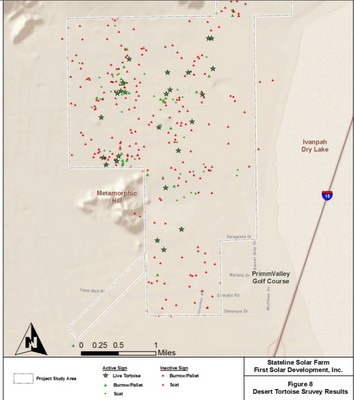Climate Change Likely to Reduce Range of Joshua Tree

Global warming driven by greenhouse gas emissions is expected to eliminate the iconic Joshua Tree ( Yucca breviolia ) from 90% of its current range within 60-90 years. The tree is likely to be limited to the northern portion of its range, according to a study led by the US Geological Survey that looked at how the tree reacted to a sudden climate warming approximately 12,000 years ago. A Johusa Tree in the west Mojave Desert, where urban development continues to wipe out swaths of desert habitat. The climate study notes that the sudden warming period in the past reduced the Joshua Tree's range, and the extinction of the giant Shasta ground sloth since that time slowed the tree's ability to reclaim lost territory. The giant ground sloth used to feed on the seeds of the Joshua Tree and spread them far and wide. Today, small rodents such as squirrels and packrats still feed on the seeds, but do no carry them as far. Climate change poses a double threat to desert ecosy






